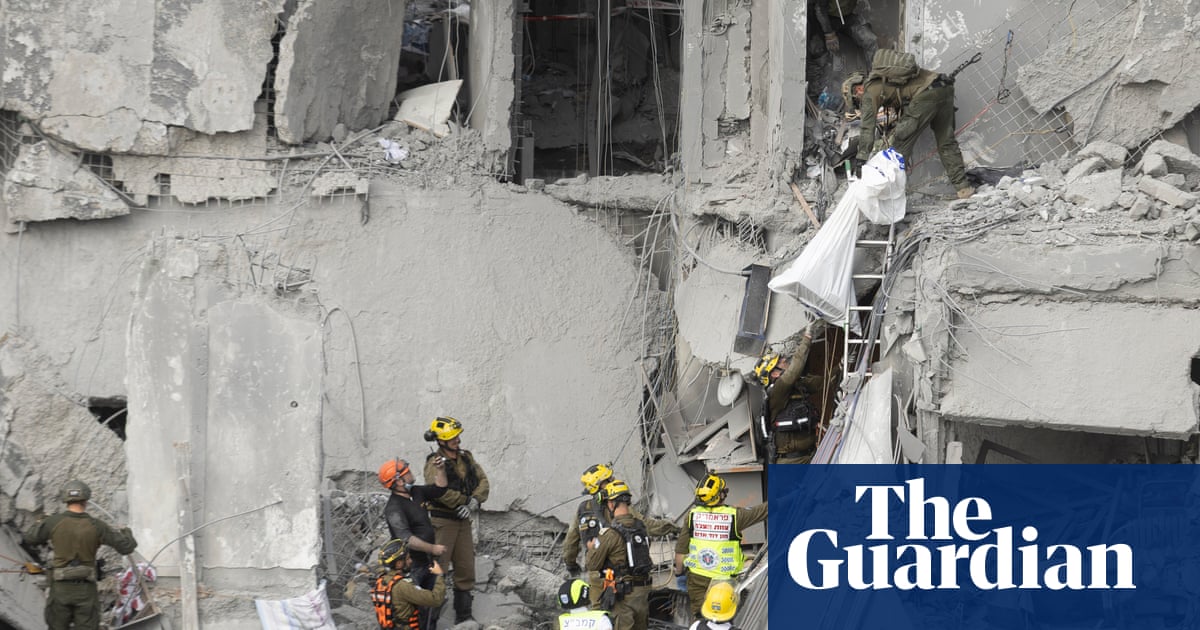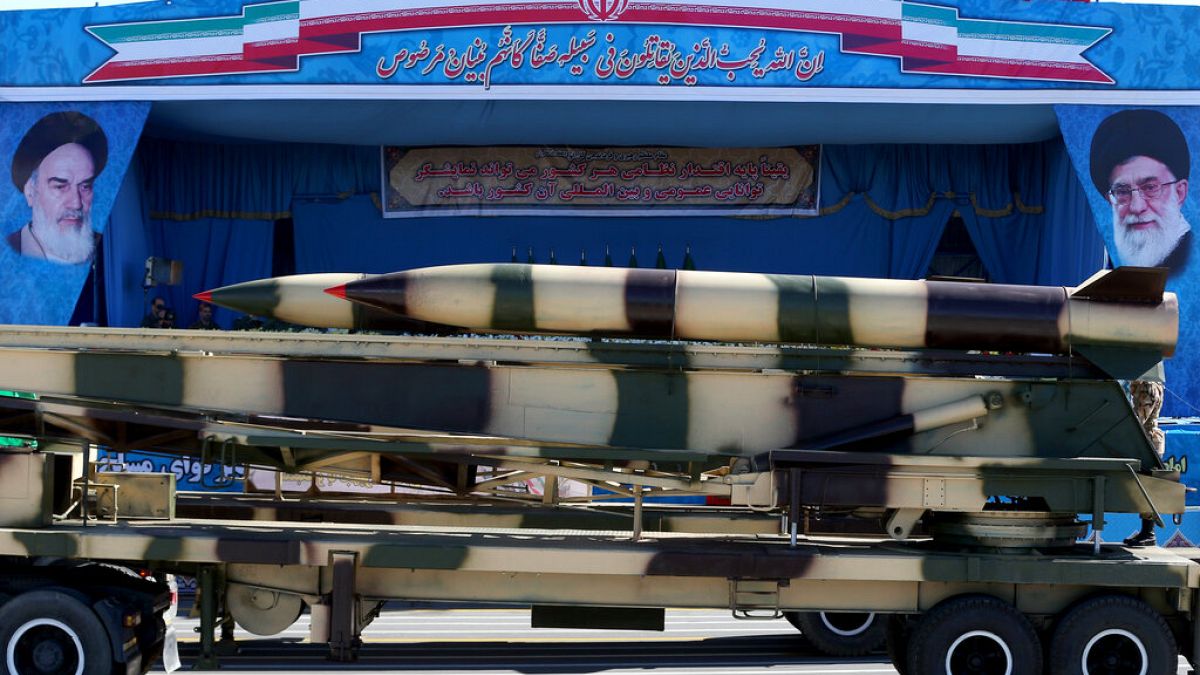World news
fromThe Cipher Brief
3 weeks agoThe Two-Front Nuclear Crisis: Iran, North Korea, and a New Era of U.S. Deterrence
Iran and North Korea maintain a four-decade alliance that could lead to nuclear collaboration, creating severe strategic, intelligence challenges for the U.S., South Korea, Israel.









